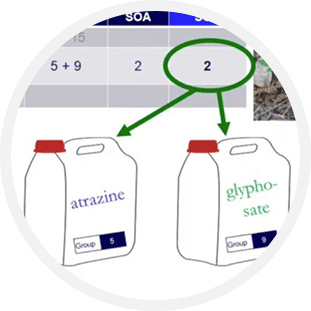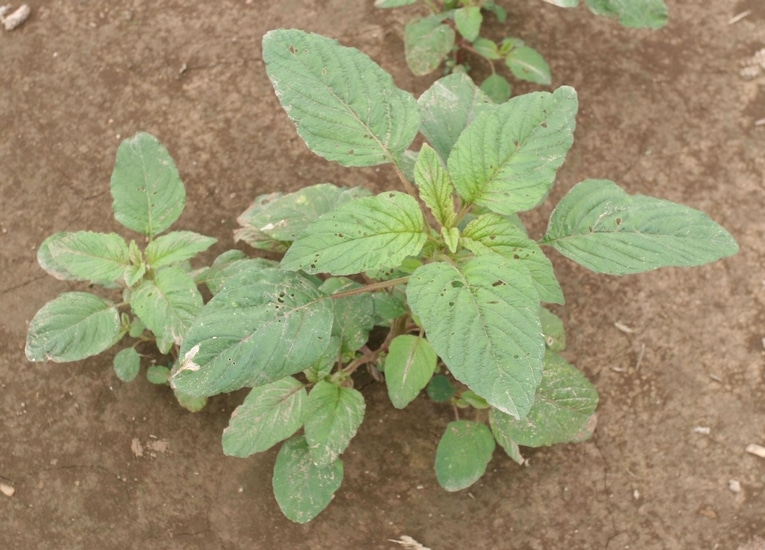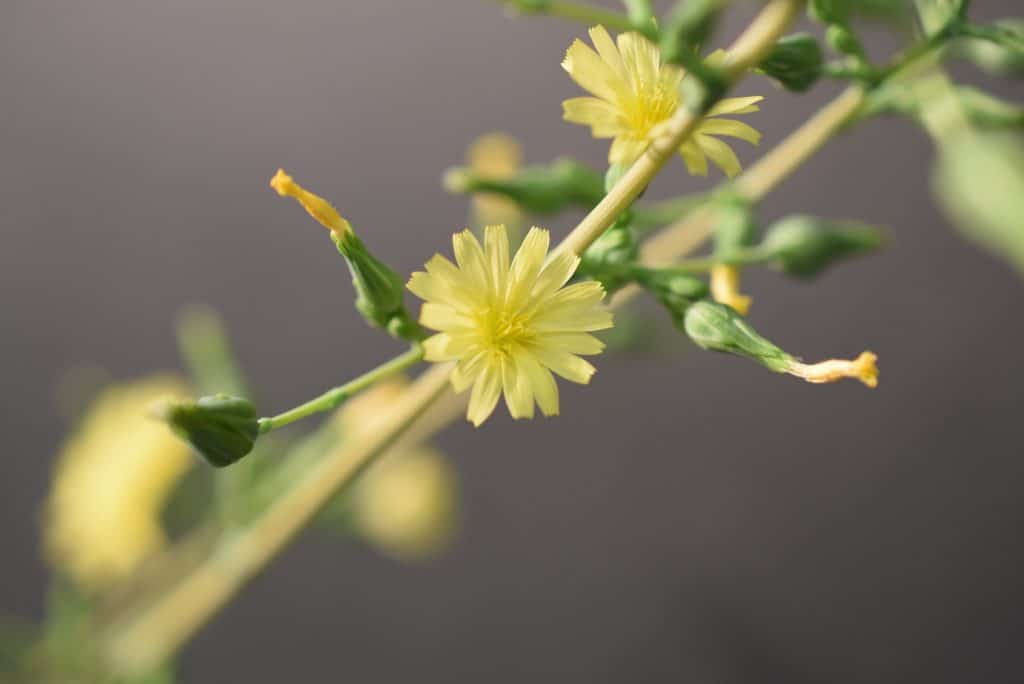Getting Rid Of Weeds
Through Integrated Weed Management
We are a scientist-led network coordinating research to help farmers across the U.S. fight herbicide-resistance with a greater diversity of weed control strategies to complement chemical use.
GROW aims to provide information on tools such as cover crops, increased crop competition, harvest weed seed control, and more.
Recent GROW News & Research Updates

Join a GROW Farmer Forum on Weed Electrocution in the Field

Underground Warfare: Cereal Rye Cover Crop Suppresses Johnsongrass Rhizomes

Join a GROW Farmer Forum on Weed Electrocution in the Field

MSU-Led Multi-State Research Team Receives $500K Grant to Combat Herbicide-Resistant Weeds in Soybeans

This Harvest Device Catches Corn Kernels and Weed Seeds

Weed Science Field Days: What’s In It For Me?

Can Chaff Lining Cut Costs and Corral Weeds in the Canadian Prairies?

Fighting Weeds in 1872: A Trip Back in Time to the First Weed Management Guide

Slow the Cycle: Targeting Perennial Weeds with Weed Electrocution

Triple-Stack Herbicide Trait in Sugarbeets Faces Resistance

Zap on Over to GROW’s New Weed Electrocution Page
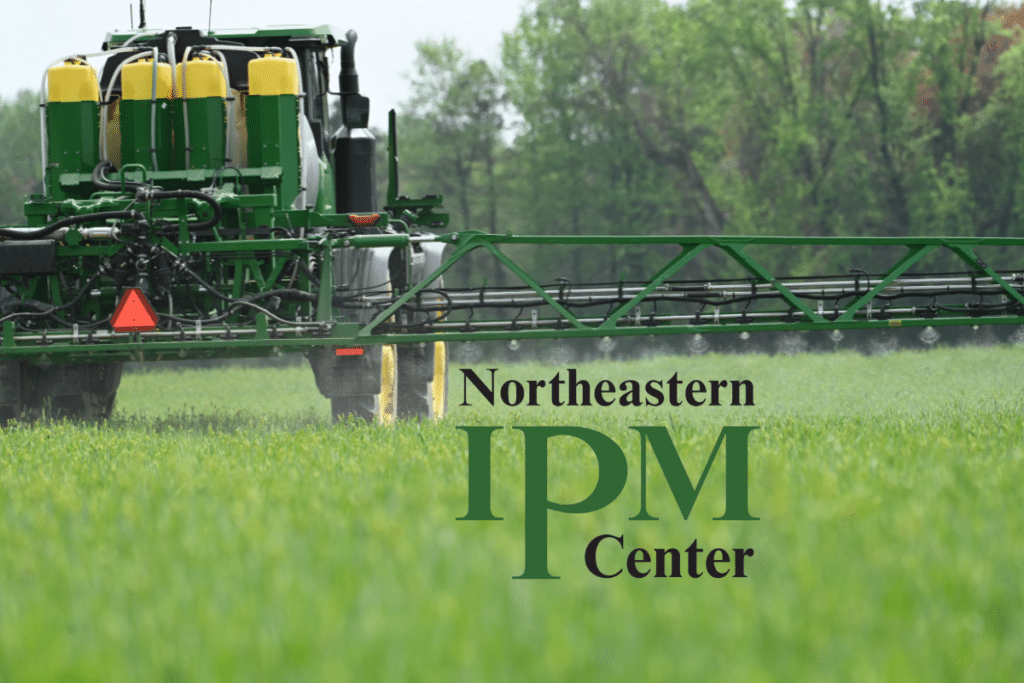
Pesticide Label Changes Brought On by the Endangered Species Act

Underground Warfare: Cereal Rye Cover Crop Suppresses Johnsongrass Rhizomes

Mix Cereal Rye with Hairy Vetch to Cash In on Cover Crop Benefits

A Handheld Extension Agent? GROW Researchers Put ExtensionBot to the Test

Insecticides May Contribute to Bigger Problems with Certain Weeds

The Lowdown on Roller Crimpers

Farmer Forum Recap: Cover Crop Termination

Squash Pigweeds With These Cover Crop Management Strategies

A Look at Planter Adjustments for Planting into Cover Crops

How to Manage Cereal Rye in the Upper Midwest for Weed Suppression and Max Yields
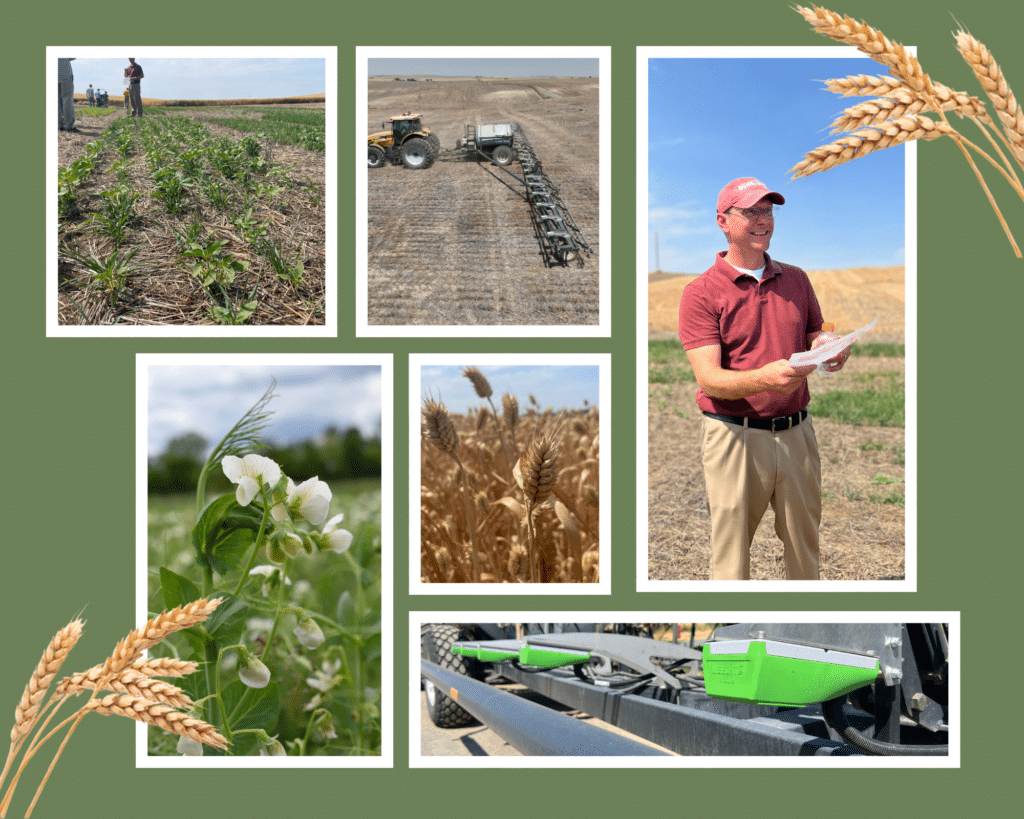
All-of-the-Above Management: Weed Control in Organic Grain Production in the Pacific Northwest

Weed Management Planner: Order Your Free Prints Now!

Farming Peanuts with Cover Crops in Virginia

Join a GROW Farmer Forum on Weed Electrocution in the Field

Underground Warfare: Cereal Rye Cover Crop Suppresses Johnsongrass Rhizomes

Join a GROW Farmer Forum on Weed Electrocution in the Field

This Harvest Device Catches Corn Kernels and Weed Seeds

Weed Science Field Days: What’s In It For Me?

Can Chaff Lining Cut Costs and Corral Weeds in the Canadian Prairies?

Fighting Weeds in 1872: A Trip Back in Time to the First Weed Management Guide

Slow the Cycle: Targeting Perennial Weeds with Weed Electrocution

Triple-Stack Herbicide Trait in Sugarbeets Faces Resistance

Zap on Over to GROW’s New Weed Electrocution Page

Short Corn, Big Questions: Research on Short Corn’s Weed Management Implications

Mix Cereal Rye with Hairy Vetch to Cash In on Cover Crop Benefits

Join a GROW Farmer Forum on Weed Electrocution in the Field

Underground Warfare: Cereal Rye Cover Crop Suppresses Johnsongrass Rhizomes

Join a GROW Farmer Forum on Weed Electrocution in the Field

MSU-Led Multi-State Research Team Receives $500K Grant to Combat Herbicide-Resistant Weeds in Soybeans

Weed Science Field Days: What’s In It For Me?

Triple-Stack Herbicide Trait in Sugarbeets Faces Resistance

Pesticide Label Changes Brought On by the Endangered Species Act

Keep These Tips in Mind When Using Target Sprayers

Heading to the Field to Scout? Take Us With You!

A Handheld Extension Agent? GROW Researchers Put ExtensionBot to the Test

Insecticides May Contribute to Bigger Problems with Certain Weeds

Rising Herbicide Resistance: Researchers Find That No State or Weed is Immune

This Harvest Device Catches Corn Kernels and Weed Seeds

Weed Science Field Days: What’s In It For Me?

Can Chaff Lining Cut Costs and Corral Weeds in the Canadian Prairies?

A Handheld Extension Agent? GROW Researchers Put ExtensionBot to the Test

Seed Impact Mill Pulverizes Problematic Waterhemp in New Study

Weed Management Planner: Order Your Free Prints Now!
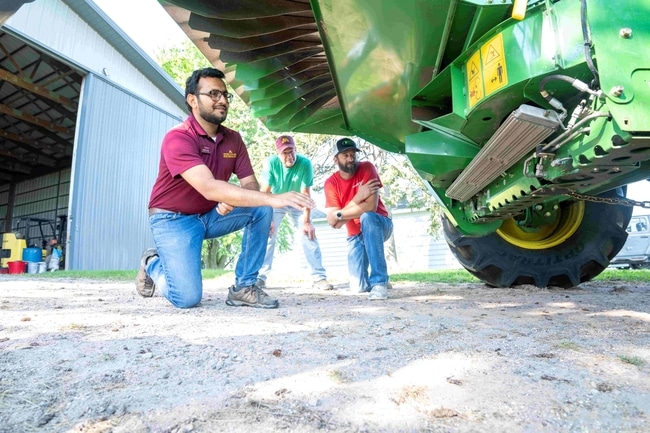
Extension and Farmers Greet Weed Control Option with ‘G’day’

GROW Releases New Herbicide Resistance Resource for the Industry

Narrow Windrow Burning for Weed Seed Control is Risky Business

Learn When Weeds Shed Their Seeds (And Why It Matters!)

A Weed Seed Killing Machine: Testing the integrated Harrington Seed Destructor

Learn from the Best: GROW Farmer Case Studies

No Seeds. No Weeds.
For over 50 years, herbicides have been a highly effective method to control weeds and protect crop yields. Herbicides have supported the widespread use of no-till and limited cultivation for weed control, improving soil health. However, overreliance on a few key herbicides has prompted a growing epidemic of herbicide-resistant weeds.
For some farmers, herbicides alone just aren’t getting the job done anymore.
Integrated Weed Management (IWM) is the answer.
What is Integrated Weed Management?
Integrated weed management (IWM) is a system that layers multiple weed control methods to suppress and manage weeds across a growing season, by targeting weeds and the seedbank in different ways and at different stages of development. The result is a robust weed management program that doesn’t rely on a single mode of action or management tactic. IWM techniques include:



